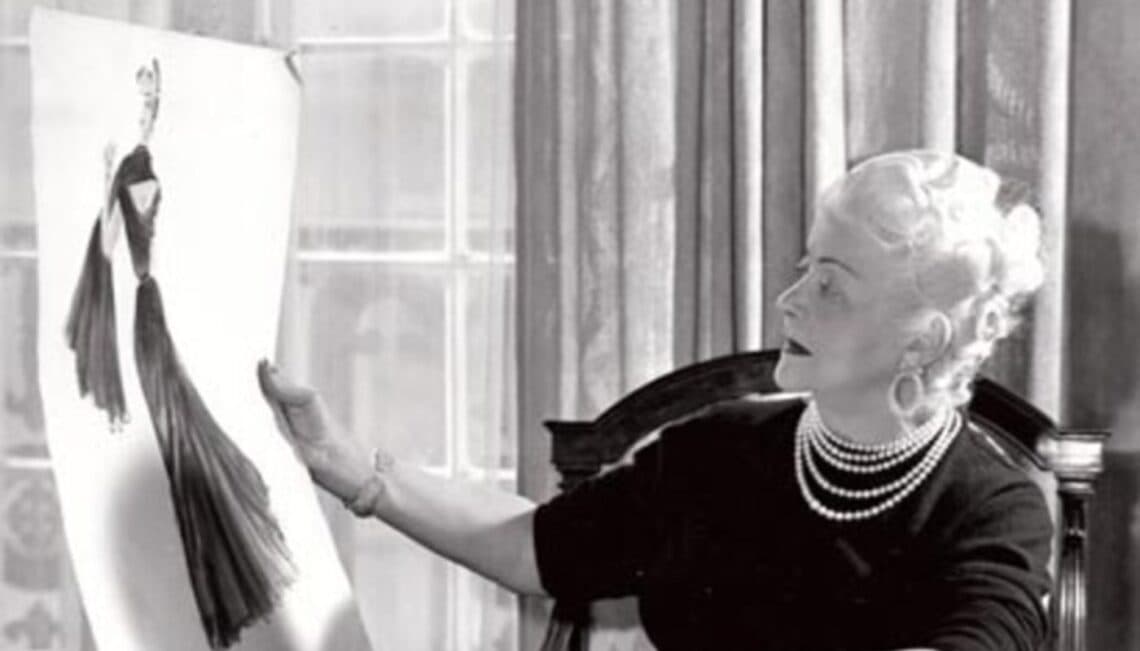
Nina Ricci
Nina Ricci, French fashion house, founded in 1932 by Maria Nielli Ricci, known as Nina (1883-1970), who was born in Turin. She emigrated to Montecarlo as a young girl, where her father, a ribbon producer, aimed to expand his activity among the most effervescent female clientele of the late 19th century. The premature loss of her father significantly affected Maria’s destiny. Noting her ability to sew clothes and, above all, hats for her dolls, her family found her employment in one of the city’s ateliers.
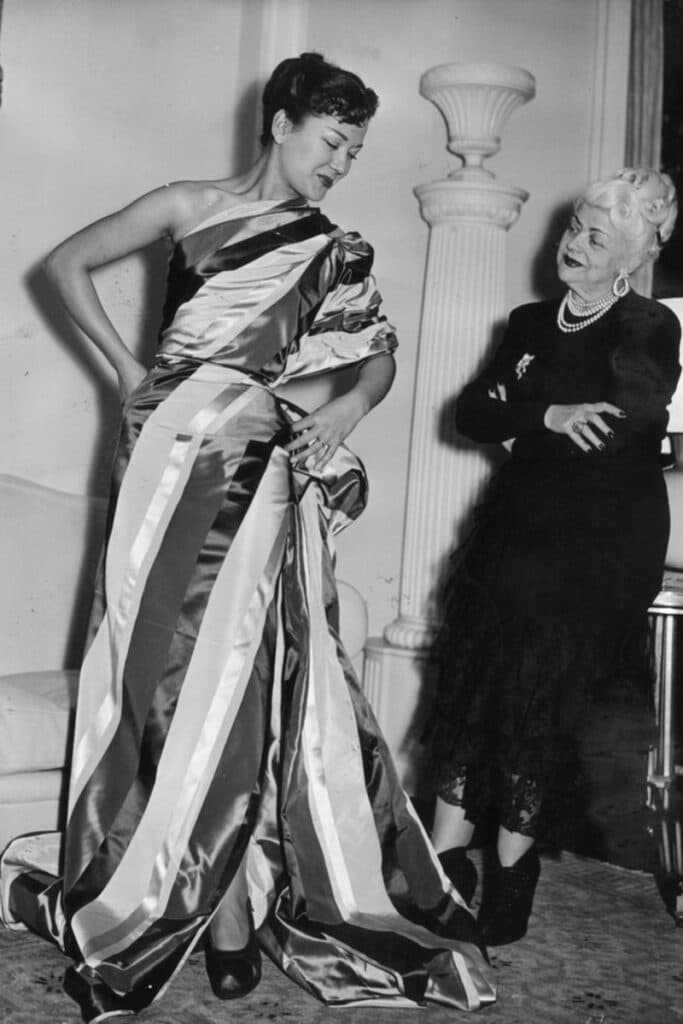
However, her talents and hard work must have been an extraordinary force, given that she was already a première in Paris by 18 and employed by Raffin, one of the most successful fashion houses of the time, by 25. Nina stayed there for twenty years and became a partner. The store’s sign included her name and surname, that of Luigi Ricci, a jeweler of Italian origin and an unlucky meteor in her life. Their marriage was brief, although it produced a son, Robert (1905-1988), who was the true force behind the launch of Nina Ricci in 1932.
The importance of the family
Like many other Italian fashion houses in recent years (Fendi, Missoni, Versace), the family, a synergy of strength and aims from one generation to the next, has been the secret behind this world conquering brand. One of the most popular in Paris, that enjoyed particular periods of success during its long life, such as during the 1960s and the late 1980s. It was Robert who convinced his mother not to abandon fashion as she approached the age of fifty. Despite being only 27, he had a long-term vision and his advertising experience was invaluable. The unbeatable technical skills of Nina and her view of elegance that never overwhelmed a woman’s personality did the rest.
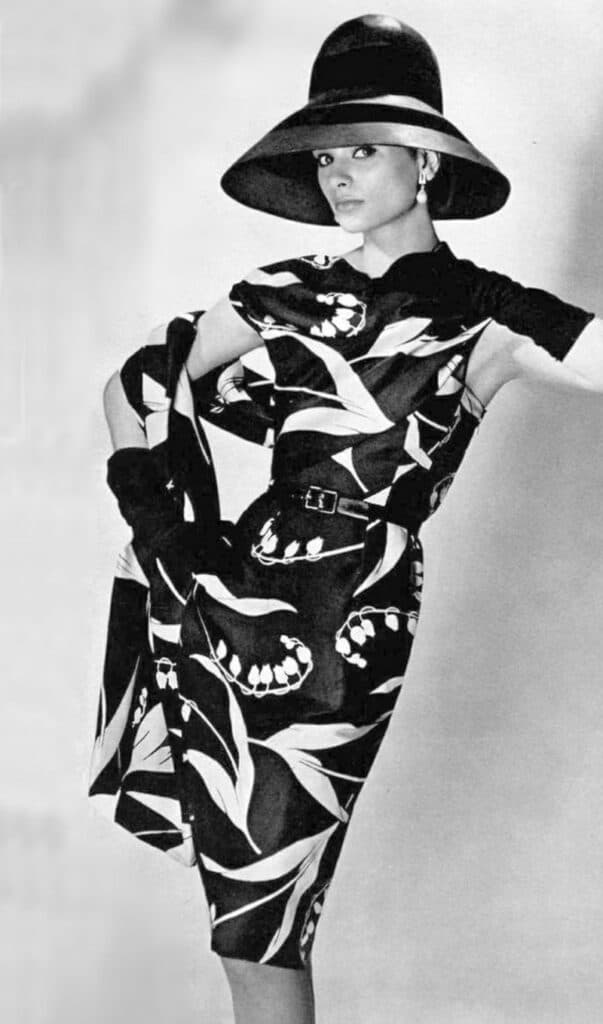
And so Nina Ricci was born and it was an immediate success: even though the fashion house dressed some famous actresses, such as Danielle Darrieux and Micheline Presle, it was primarily aimed at middle-class women, offering impeccable models that were destined to last, and at moderate prices. In a few years (1932-39), the 25 members of staff became 150 and the workshops grew from 4 to 12. Nina Ricci overtook all other houses in terms of client numbers.
After World War II, the perfume, L’air du temps, launched by Roberto Ricci, who owned half Nina Ricci’s capital, became one of the top five perfume successes in the world with its flowery overtones and its Lalique bottle designed by Christian Bérard.
From Crahay to Gérard Pipart
In the haute couture sector, with an absolute coup de grÀce, Nina was succeeded by a young Belgian designer, Jules Franµois Crahay. His first collection (1959) gained the enthusiasm not only of the press but also of the female public: a hundred women wanted his Crocus suit. But Crahay went to join Lanvin (1963) and was replaced by Gérard Pipart. He was perhaps the designer most in tune with the aims of the founder: respecting the form and well-being of women, over and beyond contemporary trends. Pipart combined tailoring skills acquired from working with Balmain, Fath, and Givenchy, with a love of detail, a harmony of forms and colors. To this he added a sporting touch, the elegance and ease of ample and soft garments, coats and blouses, soft shoulders, prints, and wafts of chiffon.
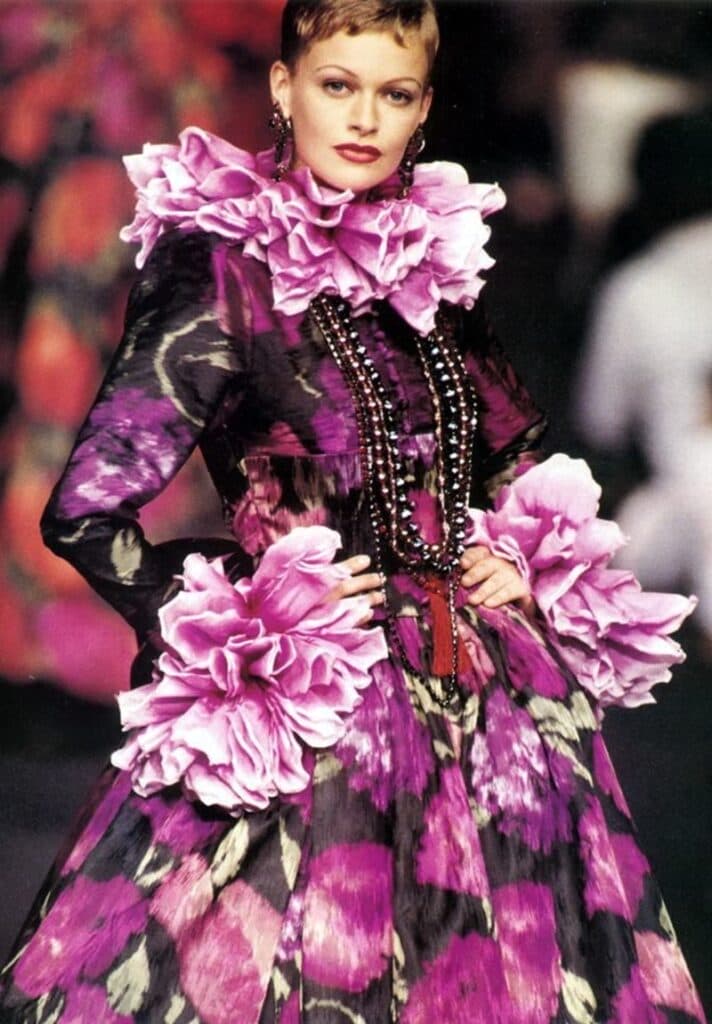
Pipart received the Dé d’Or in 1987 for the best collection.
In 1994, Nina Ricci was a formidable group, present in 130 countries, with more than 100 prêt-à-porter lines, thanks to the foresighted introduction of new capital and the work of Roberto Ricci’s son-in-law, Gilles Fuchs, hailing from a perfume company in Grasse and therefore well prepared to manage a company that, notwithstanding its successes in the fashion field, based 75% of its business on perfume.
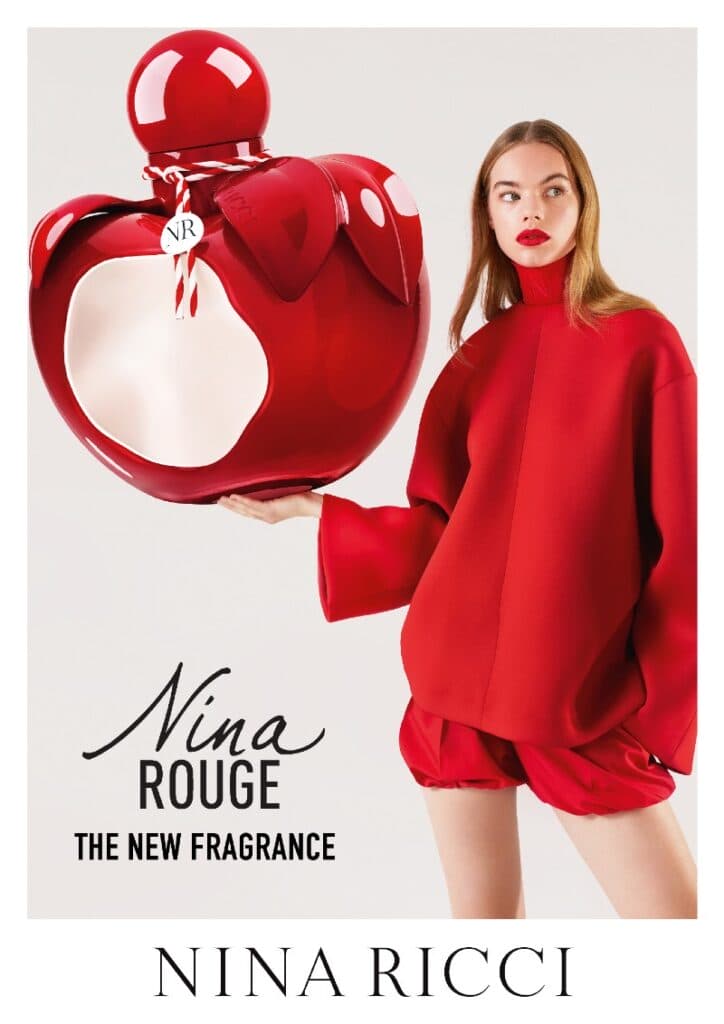
New millennium
The new millennium was marked by the acquisition of Nina Ricci by Antonio Puig, a Spanish group specializing in cosmetics. The company took part with other French brands (including Cacharel and Christian Lacroix) in Lingerie Americas held at the Metropolitan Pavilion & Altman Building in New York. James Aguiar took over from Nathalie Gervais and Massimo Guissani, creators of womenswear. He designed the women’s and men’s prêt-a-porter and accessory lines. The first men’s collection by Aguiar debuted in Summer 2003.
Lars Nilsson left Bill Blass and returned to Paris to join Nina Ricci. The Danish designer, who had left the French capital in 1999 to move to New York, was to help relaunch the fashion house.
Oliver Theyskens Creative Director of Nina Ricci
After revolutionising the characteristics of the brand, Lars Nilsson left his post as creative director to Belgian Olivier Theyskens. Oliver made his debut in 2007 after three years as Rochas’ successor. The young designer’s gothic and highly personal style was adapted to the needs of the market. Theyskens succeeded in renewing the brand’s style by giving it a lighter, more casual touch, different from the classic tailoring of Rochas. He achieved great critical and sales success. In March 2009, Theyskens left the fashion house in agreement with the management, with a view to redefining the strategic guidelines.
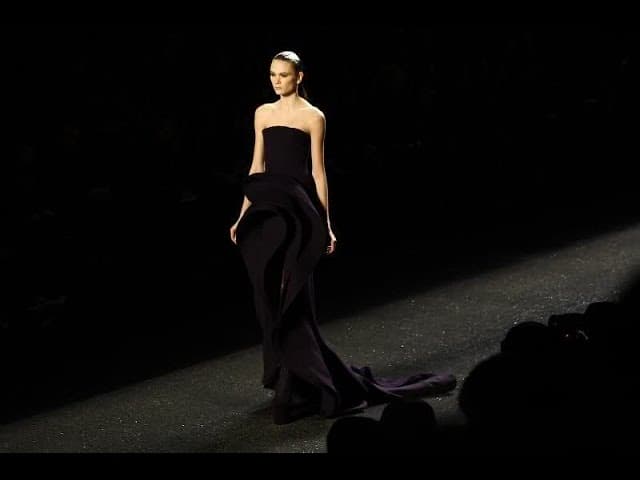
After Oliver Theyskens
Peter Copping led the fashion house after the departure of Oliver Theyskens, who revived the light and soft femininity that is the DNA of the house. His work ended in 2015, and he was replaced by Guillaume Henry, who debuted with the Fall/Winter 2015-2016 collection. In 2018 a new change, the creative direction passed into the hands of the duo composed of Rushemy Botter and Lisi Herrebrugh, Dutch designers who founded the men’s brand Botterche. A poetic and playful approach, which shines through in the silhouettes of their clothes.

You may also like:


